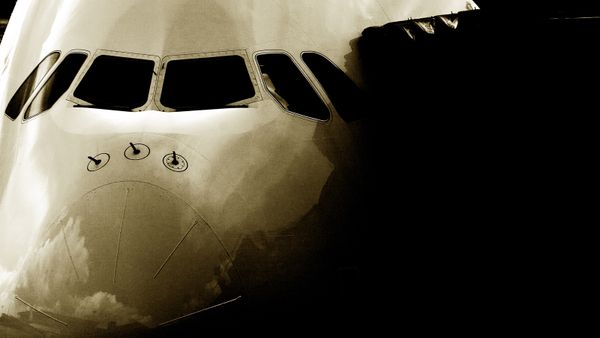Skywriters like their secrets. The few pilots who can write a legible message in the sky are known to keep the finer details to themselves. It's by tradition: Previous generations of skywriters faced more piloting competition, so they closely guarded their methods.
Or at least that's how Steve Oliver tells it. Oliver and his wife, Suzanne Asbury-Oliver, are some of the most experienced skywriters on the planet. They are among the remaining handful of pros trained in what they refer to as the "lost art." And it is an art: Writing a legible message on paper requires a steady hand; writing one in the sky requires a steady everything.
Advertisement
A skywriter executes aerial maneuvers 2 miles (3 kilometers) above the ground, looping, climbing and flipping like a roller coaster while releasing perfectly timed streams of thick, white smoke [source: Olivers Flying Circus]. It's an expensive process -- prices start at $5,000 and go way up from there – so businesses are the usual clients [source: LaFrance]. Some people spring for it, though, typically for big events. Marriage proposals are popular. So are anniversary wishes: Ellen DeGeneres and Portia de Rossi do it every year since they got married in 2008 [source: Domi, EllenTV].
But the most common messages are advertisements. The draw is obvious: In ideal weather conditions, skywritten messages can be seen for more than 2,800 square miles (7,300 square kilometers), a range unmatched by billboards [source: Olivers Flying Circus]. And skywriting demands attention: It's hard not to watch intently as a message unfolds above you, wondering what it's going to say. Skywriting might as well have been invented for ads.
And yet it wasn't. As with so many marvels, skywriting first served the military.




